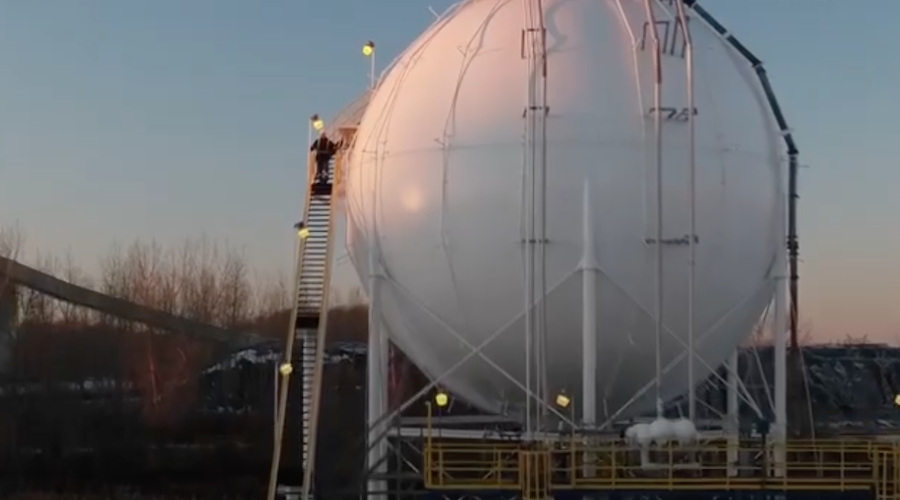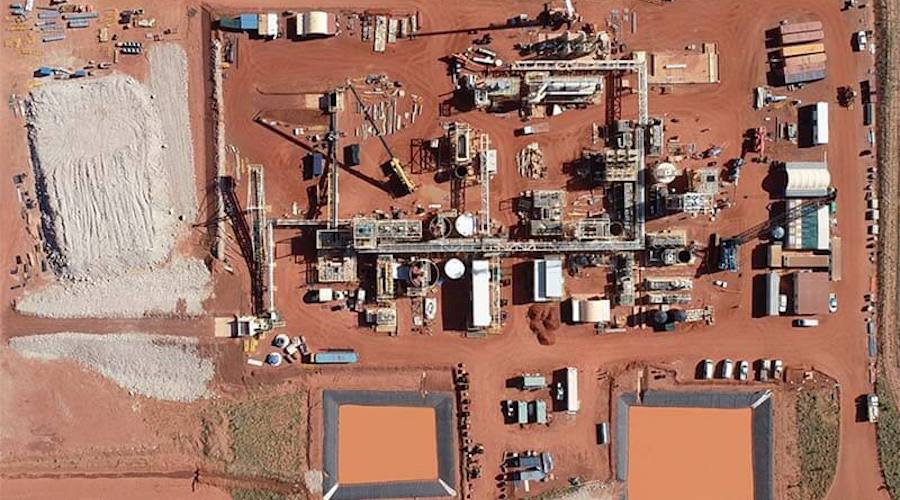Air Liquide launches world’s largest hydrogen membrane-based production unit

French company Air Liquide announced that it has completed the construction of the world’s largest Proton-Exchange Membrane electrolyzer (PEM) in Québec, Canada.
According to Air Liquide, the PEM is supplied with 20 MW of renewable energy and is now producing up to 8.2 tonnes per day of low-carbon hydrogen for industrial use and mobility. The unit is equipped with Cummins technology and, compared to the traditional hydrogen production process, it will avoid the emission of around 27,000 tonnes of CO2 per year, which is equivalent to the emissions of 10,000 cars per year.
Air Liquide’s massive PEM is launched at a time when Canada has just started rolling out its “Hydrogen Strategy”
In a press release, the company said that the Proton-Exchange Membrane electrolyzer was built in the city of Bécancour, in southern Quebec, because of the area’s easy access to abundant renewable power from Hydro-Québec and its proximity to the hydrogen mobility and main industrial markets in Canada and the United States.
“Hydrogen is an alternative to meet the challenge of clean transportation and thus contributes to the improvement of air quality,” the media brief states. “Used in a fuel cell, hydrogen combines with oxygen in the air to produce electricity, emitting only water. It does not generate any pollution at the point of use: zero greenhouse gases, zero particles, and zero noise.”
Air Liquide’s massive PEM is launched at a time when Canada has just started rolling out its “Hydrogen Strategy.” The plan presents the combustible gas as a key element in achieving the goal of decarbonizing the most-energy intensive and hard-to-abate end-use applications. This is a crucial step to meet the country’s commitment to reduce greenhouse gas emissions by 30% below 2005 levels by 2030.
The strategy also states that the projected domestic hydrogen market will reach C$50 billion by 2050.
Ironically, this federal plan did not take any input from Québec, whose Ministry of Energy and Natural Resources is working on a separate hydrogen strategy for the province.
More News
{{ commodity.name }}
{{ post.title }}
{{ post.date }}

Comments